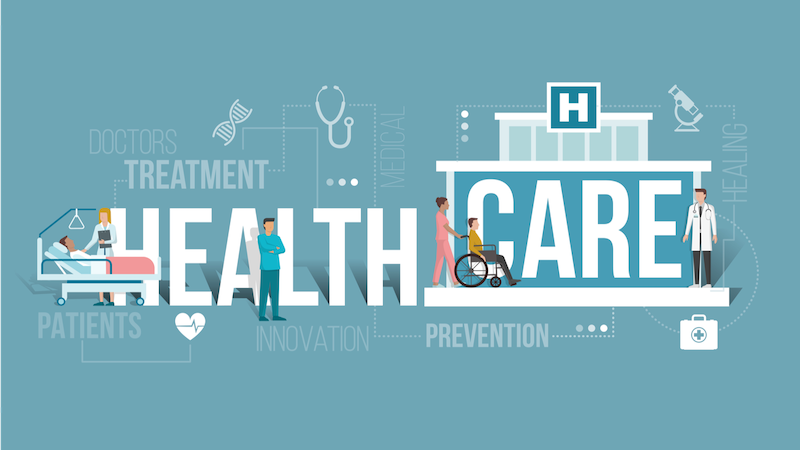Categories
Brief history
The many achievements of US Academic Medical Centres (AMCs) typify the medical advance that can stem from close alliance between hospitals and academic research. But by 1983 Lewis and Sheps in ‘The Sick Citadel’ were questioning the historic approach of AMCs and were calling for a more regionally integrated, socially accountable agenda1. In 2010 in a seminal paper in the Lancet, Dzau called for the creation of Academic Health Science Systems (AHSSs) recognising the changing nature of health challenges faced by society (e.g. rise in chronic disease) and care delivery2.
In the last 15 years many nations including UK, Canada, France and Australia have sought to foster Academic Health alliances of various forms and the Association of Academic Health Centres (AAHC) now has c.150 members from around the globe.
Current stated aims of Academic Health Alliances and their implications
A review of their mission statements reveals two principal aims:
- Improvement in population health
- Positive economic impact – an increasing trend in countries seeking to transition from a resource-based to a knowledge-based economy
The first of these objectives, improvement in the health of the population subserved by the alliance can clearly benefit from the direct products of the medical innovation process that the translational research the alliance conducts can do much to foster. But there is a growing body of evidence that population health also benefits from the ‘cultural dividend’ that flows when a healthcare institution or system is involved in education and research. Hospitals engaged in these activities have better health outcomes3,4 (after adjustment of confounding factors) than those that do not.
A positive economic (and health) impact would also accrue if the decline in medical innovation productivity could be reversed, and access to systems, products and services that provide incremental value to address unmet clinical need secured, leveraging the unprecedented advances in biomedical science.
Challenges to realising their ambitions
The challenges that AHSSs face in realizing their missions vary by jurisdiction but common themes are evident:
- A lack of alignment of the health and academic ‘partners’ to the ‘superordinate goals’ of population health and wealth. Institutional or own sector priorities prevail (e.g. academic focus on surrogate metrics such as grants and publications that drive rankings, financial pressures on hospitals inhibiting adoption of longer-term strategies)
- Governance being a necessary but on its own, an insufficient solution to point 1.
Given these challenges it is no surprise that the Aligned Institutional Mission (AIM) programme is a flagship endeavour of AAHC (www.aahcdc.org).
A contemporary agenda for AHSSs
To realize their transformative potential, AHSSs need to rise to the prevalent health challenges of the day (such as equity and financial sustainability, and addressing the social determinants of health) and look beyond their (continuing) involvement in the generation of new treatments. To do so will require a fuller interpretation of the involvement of academia, as many of the solutions will require input from disciplines well beyond biomedicine.
Particular areas AHSSs should consider addressing to optimise their contribution include:
- Harnessing modern science to integrate ‘precision prevention’ with conventional public health, whilst avoiding aggravating inequity, to move from a disease-based focus to the sustenance of health
- Optimising the societal benefit that can accrue from data and data analytics in ways that sustain public confidence
- The pursuit of healthcare value
- Optimising medical innovation productivity including the creation of high integrity strategic relationships with commercial partners
- The global clinical workforce crisis and the integration of assistive technologies
Benefits beyond academic centres
The ‘cultural dividend’ that AHSSs can foster should be pursued in the wider healthcare system not just the research-intensive components. We need to better understand the origins of the cultural dividend referred to above (emergent properties of a complex system?) but there is a growing view that ‘Learning Health Systems’, underpinned by data access, represent a way of generalising the advantages of the ‘academic’ environment beyond the ‘ivory towers.’5
Conclusion
The global challenges facing health demand that AHSSs in which society is investing so much adapt and deliver. Securing both reach and impact will put a premium on behaviours (and hence leaders) who can secure alignment, promote interdisciplinarity, secure interinstitutional and cross-sectoral partnerships and understand the workforce needs of tomorrow. If they rise to this challenge their greatest days may lie ahead, as mechanisms to secure necessary transformation.
References
1 Lewis, I.J., Sheps, Cecil, G. (1983). The Sick Citadel: The American medical center and the public interest. Cambridge Mass. Oelgeschlager, Gunn & Hain.
2 Dzau, Victor V et al. (2010). The role of academic health science systems in the transformation of medicine. The Lancet. 375 (9718) pp. 949-953.
3 Ozdemir, Baris A., et al. (2015). Research Activity and the Association with Mortality. PLOS ONE 10.2.
4 Burke L.G et al. (2017). Association Between Teaching Status and Mortality in US Hospitals. JAMA. 317 (20) pp. 2105-2113.
5 Ainsworth J., Buchan I. (2015). Combining health data uses to ignite health system learning. Methods Inf Med. 54 pp. 479-487.
About the author
Professor Sir John Tooke is the Executive Chairman of Academic Health Solutions.


